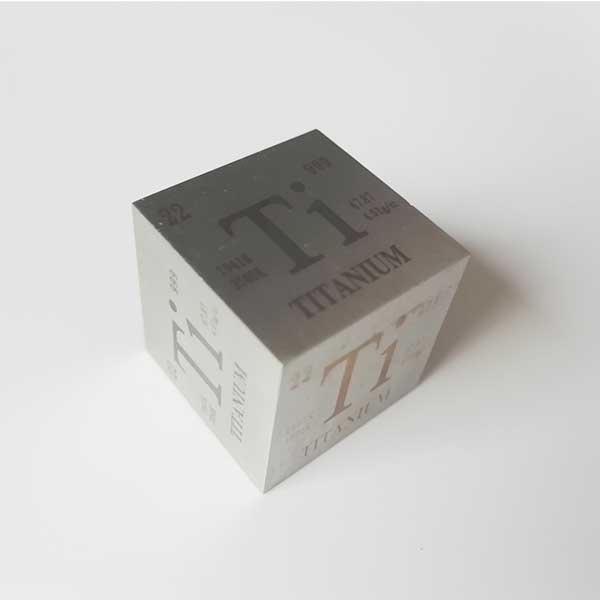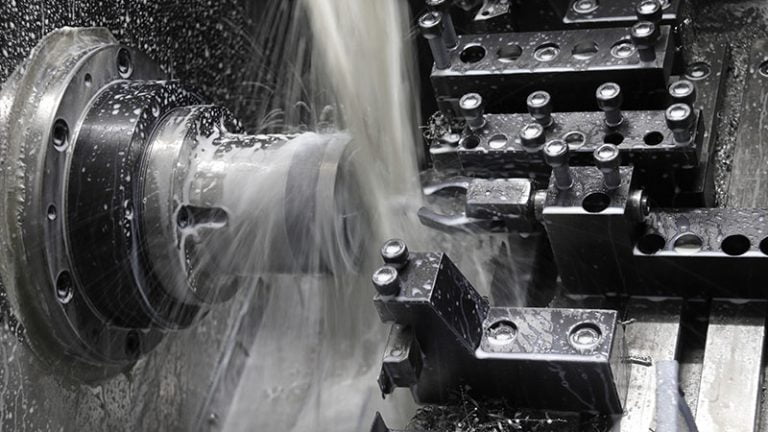Titanium is corrosion-resistant, strong and tough, and has sufficiently good biocompatibility compared to other metal materials, making it a better choice for artificial joint implants. However, a follow-up study found that the wear resistance of titanium alloys was relatively average, and a small number of patients were allergic to it. Studies have compared the friction experiments of stainless steel and titanium alloy with aluminum oxide under seawater conditions, and found that the friction performance of titanium alloy is better than stainless steel in complex environments, and the friction coefficient is much lower than that of stainless steel. 316L stainless steel is under this condition. The friction coefficient is about 0.4-0.6, and the friction coefficient of titanium alloy material is 0.2-0.3.
However, titanium alloy materials have the same phenomenon of corrosion and friction as stainless steel materials, and titanium alloy materials are more serious. In the experiment, the volume loss due to corrosion and friction is more than that of stainless steel materials, but it can be improved by surface treatment technology. The friction and wear performance of titanium alloy enhances its wear resistance and reduces the friction factor.
Research on the electroplated Ni-P coating on the surface of titanium alloy found that the friction coefficient of the untreated titanium surface is around 0.6 and fluctuates greatly. After the Ni-P coating is electroplated, the friction coefficient is basically stable at 0.45. In addition, the effect of using magnetron sputtering to deposit TiAlN coating on the surface of titanium alloy is obvious. The wear of the TiAlN coating sample is only 20% of the wear of the titanium alloy substrate. Some domestic scholars have also found that the Al2 O3 / TiO2 composite nano-coating has better wear resistance.
In addition, titanium alloys also have other shortcomings: because the surface hardness of titanium alloys is not high enough, the protection of surface oxides is poor and the mechanical properties are poor, so the friction and wear properties are average. Fortunately, there are more researches on titanium alloys. In recent years, new β titanium alloys have come out. Such titanium alloys have lower elastic modulus, better biocompatibility, and the general development trend is good. Titanium alloy has a huge market as an artificial joint material, and the research progress is considerable. There is still room for improvement in friction and wear performance.

